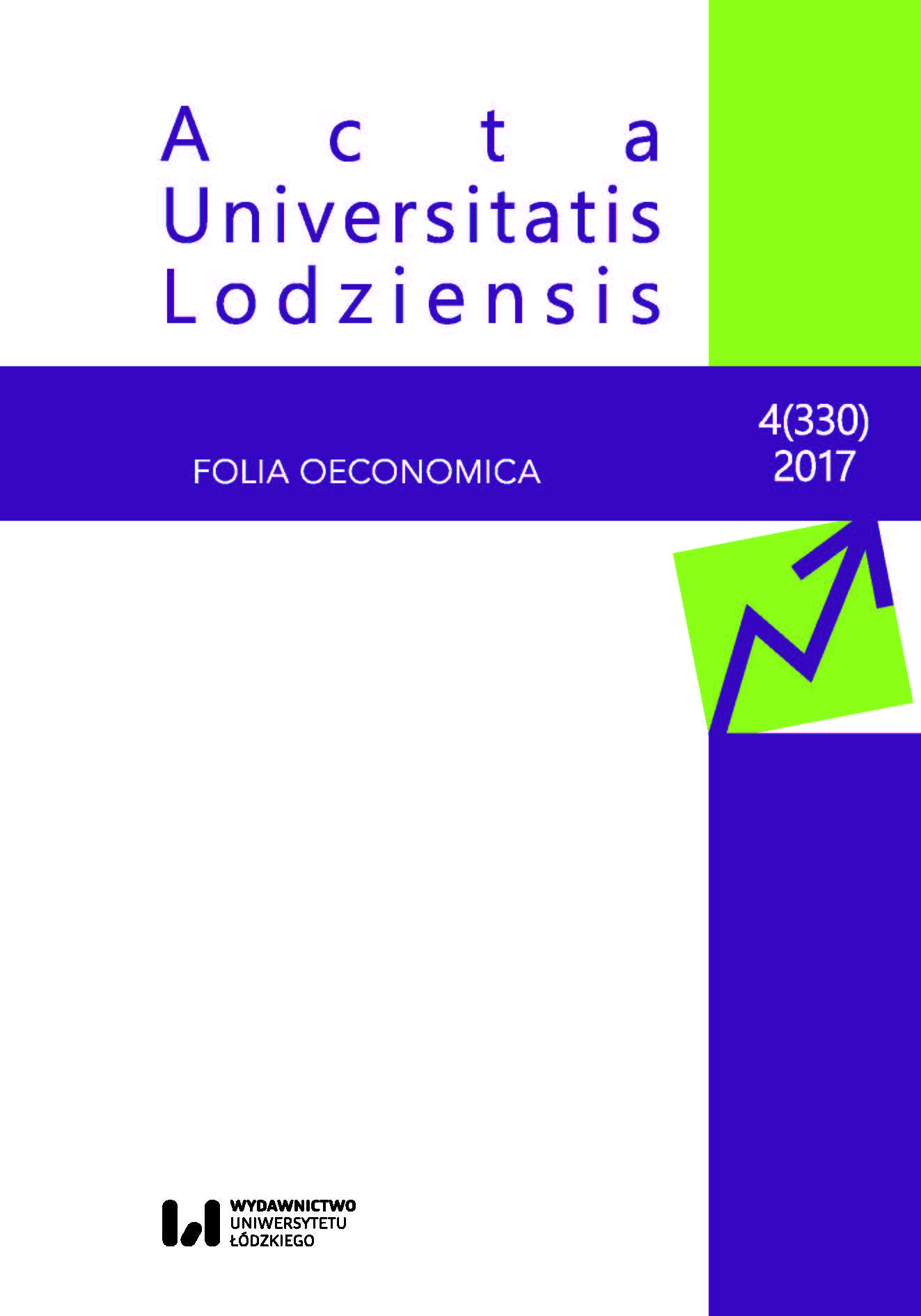Metody grupowania hierarchicznego z warunkiem spójności terytorialnej
Hierarchical Clustering Methods With Territorial Integrity Criterion
Author(s): Marek Sobolewski, Małgorzata MarkowskaSubject(s): Economy
Published by: Wydawnictwo Uniwersytetu Łódzkiego
Keywords: hierarchical clustering; territorial integrity; grupowanie hierarchiczne; spójność terytorialna
Summary/Abstract: During the conference entitled Spatial Econometrics and Regional Economic Analyses, which took place in Lodz in 2014, there was a proposition to introduce the spatial coherence property into the Ward method, which is applied to group administrative units. At each stage of agglomeration in the modified Ward method, there are included only those aggregates which are adjacent to each other. This work is an extension of this concept based upon other methods of hierarchical clustering, in particular the single and complete linkage method. The study highlighted the benefits of clustering methods with the coherence property, also emphasizing the limitations of these procedures. First of all, the introduction of the restricting condition during the procedure of the hierarchical clustering reduces the homogeneity of isolated clusters. Spatial constraints may also lead to a situation where the distance between the clusters linked at a later stage is smaller than at an earlier stage (graphically, we can talk about the dendrogram “backflow”). The method of complete linkage is free of these aberration where the distance between the clusters is defined as the maximum distance between their elements. The modified clustering algorithm was implemented as an extension of STATISTICA software. Examples of an application of the hierarchical clustering method with the coherence concern sector changes in the European regional space. The aim of the analysis was to isolate spatially coherent areas that demonstrate a similar direction and intensity of structural change in selected areas of the labour market. / Na konferencji „Ekonometria przestrzenna i regionalne analizy ekonomiczne”, która odbyła się w Łodzi w 2014 roku, zaproponowano wprowadzenie warunku spójności przestrzennej do metody Warda, stosowanej do grupowania jednostek administracyjnych. Na każdym etapie aglomeracji w zmodyfikowanej metodzie Warda uwzględniane są tylko te skupienia, które ze sobą sąsiadują. Niniejszy artykuł stanowi rozszerzenie tej koncepcji na inne metody grupowania hierarchicznego, w szczególności metodę prostych i zupełnych połączeń. Zwrócono uwagę na korzyści płynące z zastosowania metody grupowania z warunkiem spójności, akcentując jednak także pewne ograniczenia tych procedur. Wprowadzenie warunku ograniczającego podczas procedury grupowania hierarchicznego powoduje przede wszystkim zmniejszenie jednorodności wyodrębnianych skupień. Ograniczenia przestrzenne mogą też prowadzić do sytuacji, kiedy odległość między skupieniami łączonymi na późniejszym etapie jest mniejsza niż na etapie wcześniejszym (można tu mówić o graficznym „cofaniu się” dendrogramu). Od tej aberracji wolna jest metoda zupełnych połączeń, gdzie odległość między skupieniami jest wyznaczana jako maksimum odległości między ich elementami. Zmodyfikowany algorytm grupowania zaimplementowano jako rozszerzenie programu STATISTICA. Przykłady zastosowania metod grupowania hierarchicznego z warunkiem spójności dotyczą europejskiej przestrzeni regionalnej (w układzie NUTS–2) w latach poprzedzających i następujących po kryzysie finansowym 2008 roku. Celem analiz było wyodrębnienie spójnych przestrzennie obszarów, które charakteryzowałyby się podobną wrażliwością na zjawiska kryzysowe w obszarze rynku pracy.
Journal: Acta Universitatis Lodziensis. Folia Oeconomica
- Issue Year: 4/2017
- Issue No: 330
- Page Range: 99-109
- Page Count: 11
- Language: English

